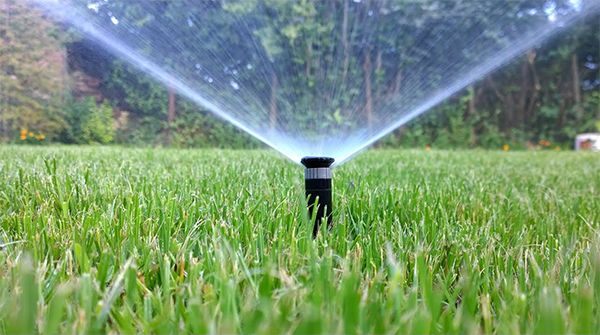3 Advantages of spray irrigation
- Water-saving, fertilizer-saving, labor-saving: micro-spraying is a full pipeline water delivery and local micro-irrigation, which minimizes water leakage and loss. At the same time, because it can supply the water needed by the roots in a timely manner, there is no problem of peripheral water loss, and the water utilization efficiency is greatly improved. Irrigation can be conveniently combined with fertilization, that is, the chemical fertilizer is dissolved and poured into the irrigation system. Because the chemical fertilizer is combined with the irrigation water, the fertilizer nutrients are directly and evenly applied to the root layer of the crop, which truly realizes the synchronization of water and fertilizer, and greatly improves the effective use of fertilizer rate
- Controlling temperature and humidity: traditional furrow irrigation greenhouses have a large amount of water at one time, and landmarks remain moist for a long time. Not only the greenhouse temperature and low temperature decrease too quickly, but the recovery is slower, and the evaporation rate increases. The indoor temperature is too high, which can easily lead to vegetables. Or flower diseases and insect pests occur. Due to micro-spraying and local micro-irrigation, most of the soil surface is kept dry, and the dripper will evenly and slowly supply water to the root soil layer, which has obvious effects on maintaining and rising ground temperature, reducing water evaporation, and reducing indoor temperature.
- Maintain the soil structure: under the effect of the larger irrigation volume of traditional furrow irrigation, the facility soil is subject to more erosion, compaction and erosion. If the soil is not plowed and loosened in time, it will cause severe compaction, decreased aeration, and soil structure. To a certain degree of destruction. Micro-sprinkling is micro-irrigation, in which water slowly and evenly penetrates into the soil, which can maintain the soil structure and form a suitable soil, water, fertilizer, gas, and thermal environment.
The characteristics of micro-spraying: because the water does not move in the air, does not wet the leaf surface, and there is no effective wetting area. Unexpected soil surface evaporation, so the amount of water directly lost to evaporation is the least; it is easy to control the water volume and avoid ground runoff and soil. Deep leakage. So it can save 35-75% water compared with sprinkler irrigation. It opened up a new way to realize water conservancy. Due to insufficient water supply between plants, weeds are not easy to grow, so the interference of crops and weeds competing for nutrients is greatly reduced, reducing weeding labor. Since the crop root zone can maintain the best water supply and fertilizer status, it can increase production.

